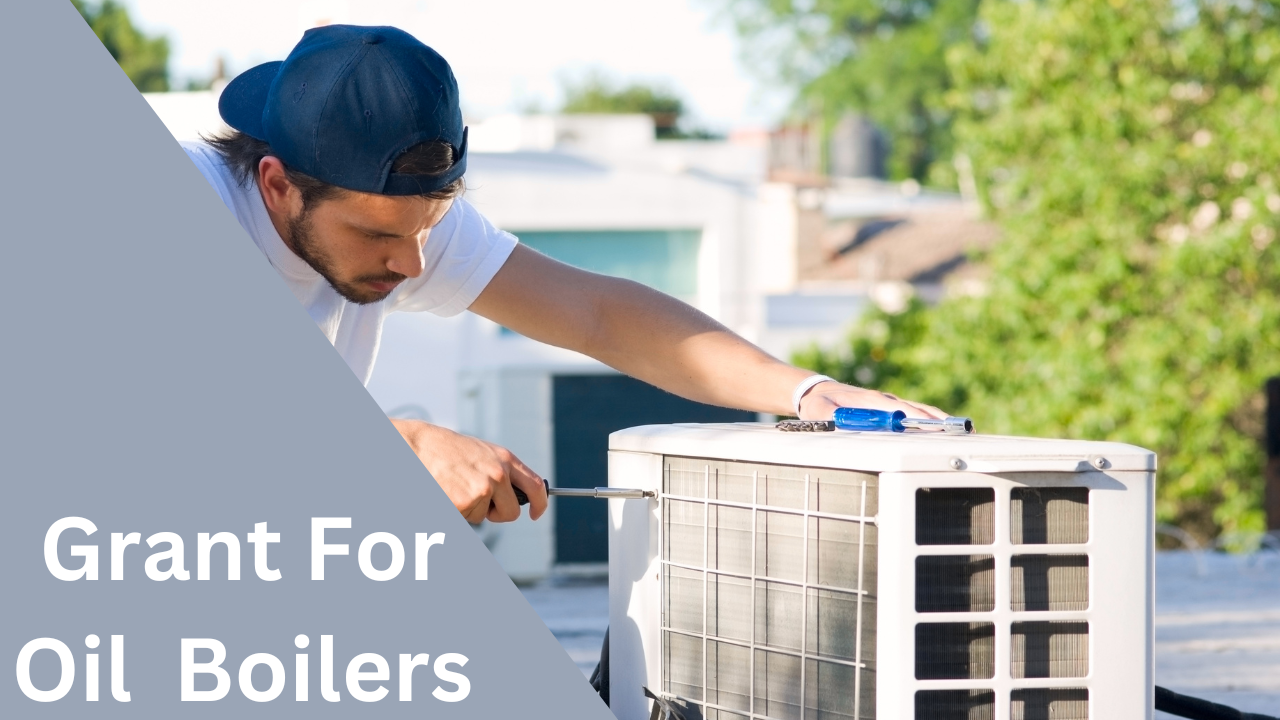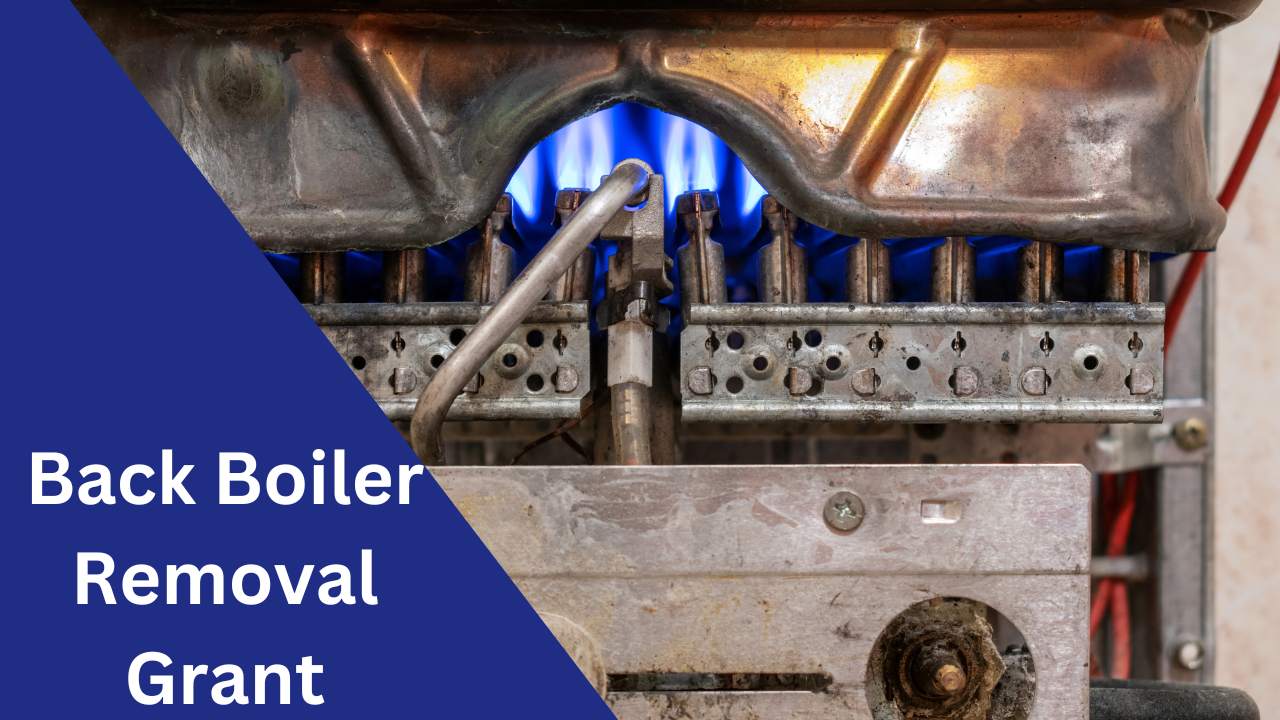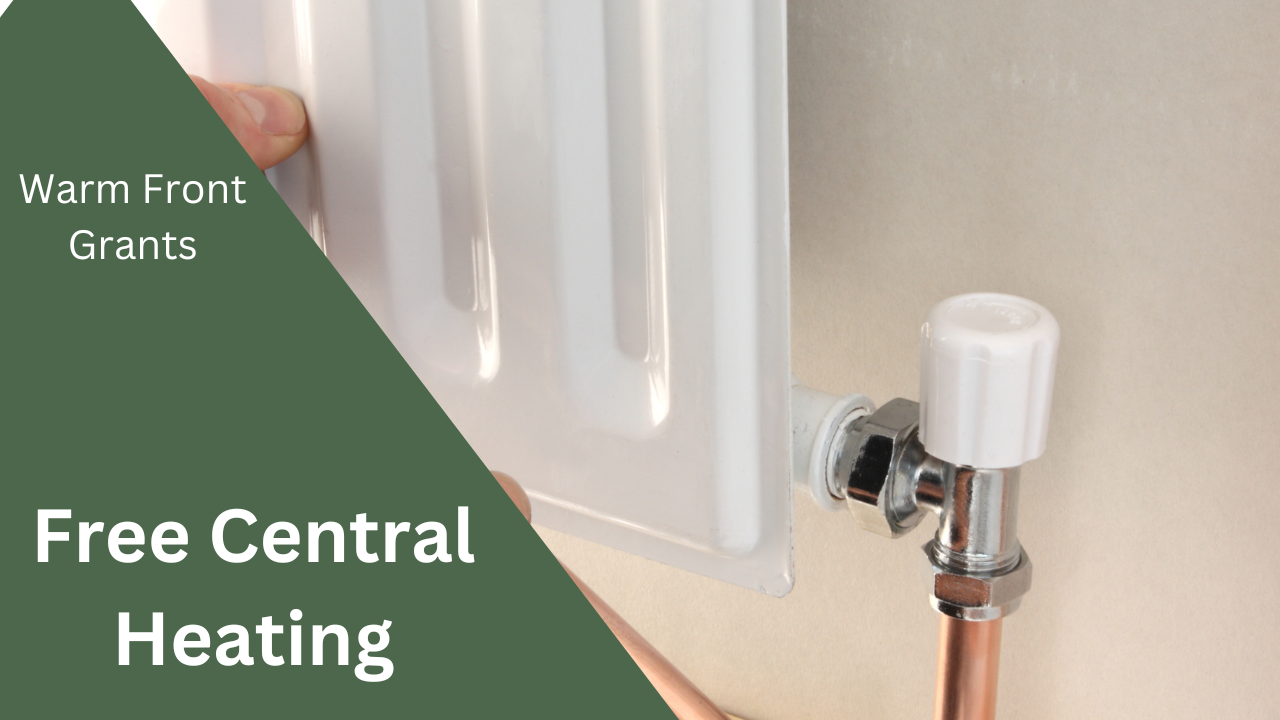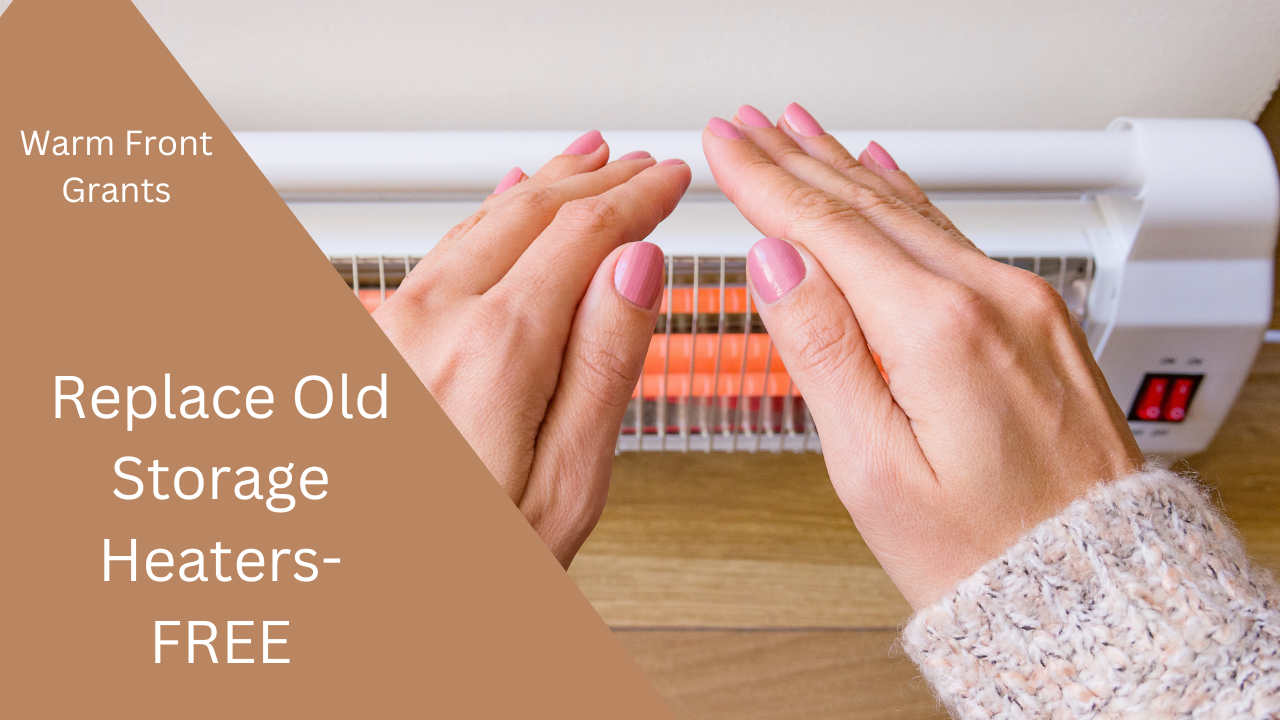Warm Front Grants 2024
You Could Be Eligible For Free Grants To Upgrade Your Old Heating And Insulation Worth Thousands!
What Warm Front Grants Are Available ?
Who Qualifies For A Warm Front Grant ?
1- Your Home EPC Is E – F – G
2- You Are A Home Owner In Receipt Of A Qualifying Benefit ( Or Live With One )
3- You Have Old Heating / Low Insulation Levels.
Warm Front Grant -Apply Here
If you are interested in a FREE GRANT, please take a short survey below.
All Eligible Applicants will be contacted within 24 hours. All data supplied is respected in line with our privacy policy
Warm Front Grants - Qualifying Benefits
- Child Benefit ( Income Thresholds Apply)
- Child & Working Tax Credits
- Employment & Support Allowance
- Housing Benefit
- Income Support
- Job Seekers Allowance
- Pension Credit
- Universal Credit
Warm Front Grants eligibility
Warm Front Grants eligibility for properties in the UK is dependent on the current EPC rating.
Only EPC grade E, F or G homes are now eligible for the ECO4 Scheme.
VISIT OUR EPC CERTIFICATE FINDER PAGE for details on how to find your EPC ( if one is lodged )
What Are Warm Front Grants
Warm Front Grants are part of a government-supported initiative that has been put in place to help reduce household carbon emissions and provide more energy efficiency measures to all UK homes.
It Is Aimed at Homes That Are Claiming a means tested Benefit.
ECO Grants provide FREE home insulation – Free boilers – Green heating systems.
What Are LA Flex ?
Eco 4 Flex is available to people not claiming a benefit.
If you’re not receiving any benefits at all you may still qualify under the Government LA Flex scheme
The LA Flex Funding scheme (Local Authority Eligibility Flexibility) is only available to a limited number of UK councils.
For this reason you can apply but not hear anything back unfortunately. West Midlands postcodes have the most chance of being successful.
Warm Front Grants - See What Is Included With Every Grant
✅ A Brand New Heating Upgrade. ✅ FREE Insulation & Ventilation Package ✅ Full Parts & Labour Warranty
✅ Free Surveys ✅Thermostatic Valves For All Your Radiators. ✅Expert Fitting By Government Approved Installers
Why should I make my property more energy efficient?
Free Central Heating - Who Is Eligible?
You Qualify For Free Central heating If
✅ You Have an existing mains gas supply
✅ Be in receipt of a benefit
✅ Be A Home owner or private tenant
✅ You Must Have A Home EPC Of E – F – G
PLUS Your Home Is Heated By:
☑️ Warm Air Heating ☑️ – Electric Storage Heaters ☑️ Coal Fire ☑️ No Heating System Present

Warm Front Boiler Grants - Who Is Eligible?
You Qualify If You:
✅ Have A Home EPC Of E – F- G
✅ Have A Back Boiler Or Non Condensing Boiler Fitted.
✅ Are A Home Owner In Receipt Of A Benefit
✅ Have All Insulation Measures Needed To Increase EPC Rating To A C or D
Who Is Eligible For A Free Storage Heater Grant?
✅You need to have electric heating /old storage heaters fitted in the property
✅ Be A Home Owner ( Or Live With One ) In Receipt Of A Qualifying Benefit
✅ You Must Have A Home EPC Of E – F – G
What is the Boiler Upgrade Scheme?
Some homes could be eligible for a £7500 grant to replace old fossil fuel heating systems through the Boiler Upgrade Scheme.
Introduced by the government in 2022 this scheme is only available to people in England and Wales. They can receive a £7,500 grant towards a heat pump or other renewable heating source.
How To Apply For A Grant
If you are interested in a FREE GRANT, please take a short survey below.
All Eligible Applicants will be contacted within 24 hours. All data supplied is respected in line with our privacy policy
How Does The Boiler Upgrade Scheme Work ?
You will receive a grant to replace your current fossil fuel heating system—whether it’s oil, gas, or electric—with a biomass boiler or heat pump.
Per property, one grant is available for:
- Air Source Heat Pump – you can receive £7,500 for a heat pump. They use thermal energy in the outside air to warm your property comfortably. A highly efficient method they reduce carbon emissions and energy bills by using less energy.
- Ground Source Heat Pump – Receive £7,500. This includes water source heat pumps and those on shared ground loops.
- Biomass Boilers – this can see you receive £5,000. If your property is off the grid, biomass boilers create renewable energy from burning sources such as wood, plants and other organic matter.
What Is The Warm Front Grant Eligibility?
The eligibility criteria for Eco4 is the same for Wales and Scotland as the grant is open to all the Uk.
Please see our Nest Scheme Wales for details.
Warm Front Solar Panels - Who Is Eligible
Homeowners must meet the usual income and property requirements to receive free solar panels on the ECO4 scheme.
Both solar panel grants and heat pump installations grants are available to the worst efficient homes in the UK particularly rural areas off the gas grid.
Oil heated homes and electric homes stand the best chance of being successful for Free Solar Panels.
Free Heat Pumps - Who Is Eligible?
You Qualify For A Free heat Pump If
✅ You Have an existing mains gas supply
✅ Be in receipt of a benefit
✅ Be A Home owner or private tenant
✅ You Must Have A Home EPC Of E – F – G
PLUS Your Home Is Heated By Off gas Heating
Eco Back Boiler Grants - Who Is Eligible?
✅ Have A Home EPC Of E – F- G
✅ Have A Back Boiler Fitted.
✅ Are A Home Owner In Receipt Of A Benefit
✅ Have All Insulation Measures Needed To Increase EPC Rating To A C or D
Who Is Eligible For Free Insulation
✅You need to have electric / Oil or LPG heating fitted in the property
✅ Be A Home Owner ( Or Live With One ) In Receipt Of A Qualifying Benefit
✅ You Must Have A Home EPC Of E – F – G
Are There Warm Front Grants For Doors And Windows?
ECO4 was supposed to cover 100% of the cost of double glazing as well as new doors.
This was initially proposed at the start of the scheme.
Whilst ECO4 provides successful applicants with up to £14,000 for energy saving home improvements, doors and windows are not included.
Do Any Disability Benefits Qualify For Warm Front Grants?
All disability benefits no longer are eligible for an Eco 4 Grant unfortunately.
Non-means-tested benefits that were previously available under ECO3 but aren’t offered on ECO4 include: Disability Living Allowance (DLA) Personal Independence Payment (PIP) Attendance Allowance.





